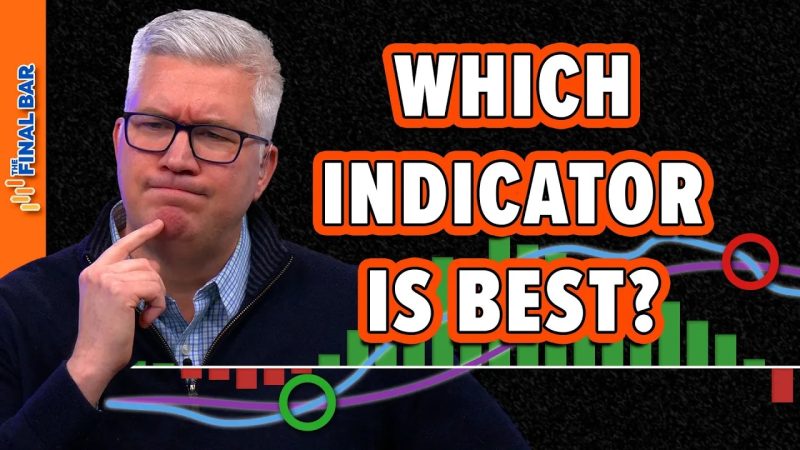In the world of stock trading and technical analysis, various indicators play a crucial role in helping traders make informed decisions. Among the plethora of indicators available, three popular ones are MACD (Moving Average Convergence Divergence), PPO (Percentage Price Oscillator), and PMO (Price Momentum Oscillator). Each of these indicators has its own strengths and weaknesses, making them suitable for different trading scenarios. In this article, we will delve into a comparative analysis of these three indicators to help traders understand their differences and the situations where they can be most effectively used.
MACD is a versatile and widely used indicator that encompasses multiple signals within a single chart. It consists of two lines – the MACD line and the signal line. The MACD line represents the difference between the 12-day and 26-day exponential moving averages, while the signal line is a 9-day exponential moving average of the MACD line. When the MACD line crosses above the signal line, it generates a buy signal, indicating a potential uptrend, and vice versa for a sell signal. Additionally, the MACD histogram provides visual cues about the strength of the trend.
On the other hand, the PPO is a derivative of the MACD and is calculated by dividing the difference between the short-term and long-term moving averages by the long-term moving average. This normalization allows traders to compare the percentage changes in moving averages across different price levels. The PPO, similar to MACD, generates buy and sell signals based on crossover points between the PPO line and the signal line. However, the PPO tends to give more timely signals compared to MACD due to its percentage-based nature.
Lastly, the PMO is a momentum oscillator that measures the rate of change in price movements. It is calculated by taking the difference between two moving averages and dividing it by the longer moving average. The PMO generates signals based on crossovers of its signal line, similar to MACD and PPO. However, the PMO is more sensitive to price changes and can provide early signals of potential trend reversals.
When comparing these indicators, traders need to consider their trading styles and preferences. MACD is suitable for traders looking for a comprehensive indicator that provides multiple signals. PPO is preferred by traders seeking more timely signals for quick trades. PMO, with its focus on momentum, is ideal for traders looking to capture early trends or reversals in price movements.
In conclusion, while MACD, PPO, and PMO are all valuable technical indicators, their differences lie in the way they calculate and present signals to traders. By understanding the unique characteristics of each indicator, traders can choose the one that best aligns with their trading objectives and risk tolerance. Ultimately, the effectiveness of these indicators depends on how well they are integrated into a trader’s overall strategy and decision-making process.
